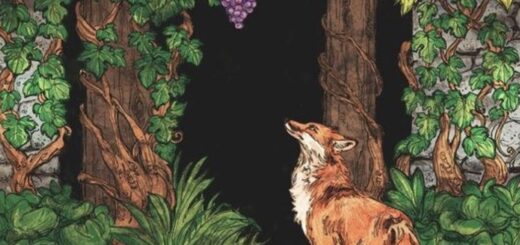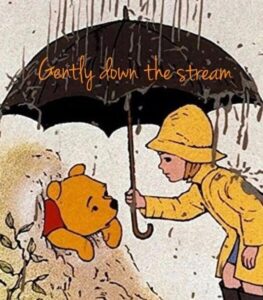Possible implications of folk tales

Any folklore may look like straightforward storytelling, but most of the time, its implications are diverse. The implications I have drawn are, of course, just a partial list.
Keeping the past alive.
Folk tales across various cultures were created, keeping in mind the prevailing traditions, religious beliefs and sociopolitical situations.
The best way to pass on the traditions over many generations is to create stories based on it. It is a time tested strategy widely used before the technological breakthroughs.
Don’t throw me in the briar patch.
Have you ever come across these two expressions in English,” Don’t throw me in the briar patch” and “Tar Baby”? If you are aware of them, you would be as well as knowing about Uncle Remus’s African American folklore based on which these expressions originated.
Who was Uncle Remus
Harris, a white teenager journalist while growing up on a Georgia plantation during the Civil War, heard a collection of stories from the African-Americans settlers there. Enchanted by this collection of folklore, he created a stereotypical character named Uncle Remus. A ”venerable old darkey”-who tell stories to a rosy-cheeked child called ”Miss Sally’s little boy.”
Story-time,” Tar Baby “
Tar baby is typical trickster folklore where a rabbit outsmarts his captor, a cunning fox, who was targeting the rabbit for a while.
Brer Fox who made a “Tar baby”, a trickster figure out of coal and tar, to lure the rabbit. Rabbit meets the tar baby on his way, and as an elegant social gesture starts conversing with it. The rabbit becomes offended by the lack of response from the tar baby and perceives this as lack of respect. Outraged, the rabbit punches the tar baby multiple times and in the process gets stuck in three places.
Mission accomplished, now what?
Fox’s happiness knew no bounds when the rabbit fell into his trap. Fox started rolling in the ground with uncontrollable laughter. Once settled, the fox was contemplating different ways to kill the rabbit.
How did the rabbit outwit his enemy?
The Brer Rabbit begged the fox, “do anything you want with me -roasting, hanging, drowning, but please don’t throw me into the briar patch”.
Of course, the fox does precisely that, thinking he was inflicting maximum pain on his enemy. It didn’t occur to him that rabbits are born in thickets and would escape the patch with ease. Rabbit did escape indeed.

A Psychologist’s interpretation.
As per psychologist, the captive played brilliant reverse psychology, a kind of manipulation on the captor which elicited reactance from the fox, that finally worked in favour of the rabbit.
The historical significance of this folklore
This folk tale has many parallel versions and interpretations across various cultures—the story unfolding in a manner suitable for each culture.
Few of the interpretations include that of racial discrimination, slavery and oppression of the commoners, food control and authoritarian behaviour by the masters.
Social, moral themes and meanings from this tale.
- Tar baby, a stereotype of black, is shown as a foul-smelling, motionless and brainless entity. It cannot harm if one chooses to ignore it.
- How did the rabbit got stuck in the first place? By losing temper too quickly. He could have withdrawn peacefully.
- Rabbit expecting respect from the tar baby reflects the superiority of the privileged.
- Physically inferior rabbit’s triumph over the cunning fox at the end of this story applauds the ”cleverness” of the rabbit. This cleverness is based on the rabbit’s knowledge of symbolic white’s cruelty and their ignorance of blacks.
- Briar patch is an image of a true black home. Ignorant of the realities of black life and accepting the stereotype that black lack intelligence to outsmart and manipulate whites, leads to the release of rabbit to his home.
Expressions and usage in English.
The English language has gained something out of this folk tale.
A usage, ”Tar -Baby”, refers to a problematic situation that is only aggravated by additional involvement with it.
An expression -“Please don’t throw me in that briar-patch” refers to guilefully seeking something by pretending to protest.
Different strokes for different folks
In this particular story, children would be glad to see the underdog rabbit winning over the cunning fox. A happy ending, and that’s all for them.
The psychologist would dissect out the reverse psychology part of the tale and highlight its significance and drawbacks.
Historians would dig out a dark past of slavery, oppression and racism from it and remind us not to repeat the history.
The recent racial clashes followed by the public outrage ”black lives matter” indicates that history keeps on repeating.
End of story
Take-home messages or ”they lived happily ever after” used to be the concluding remarks of most of the tales. I would end by saying, ”the messages lived happily ever after between the pages of the book.”



